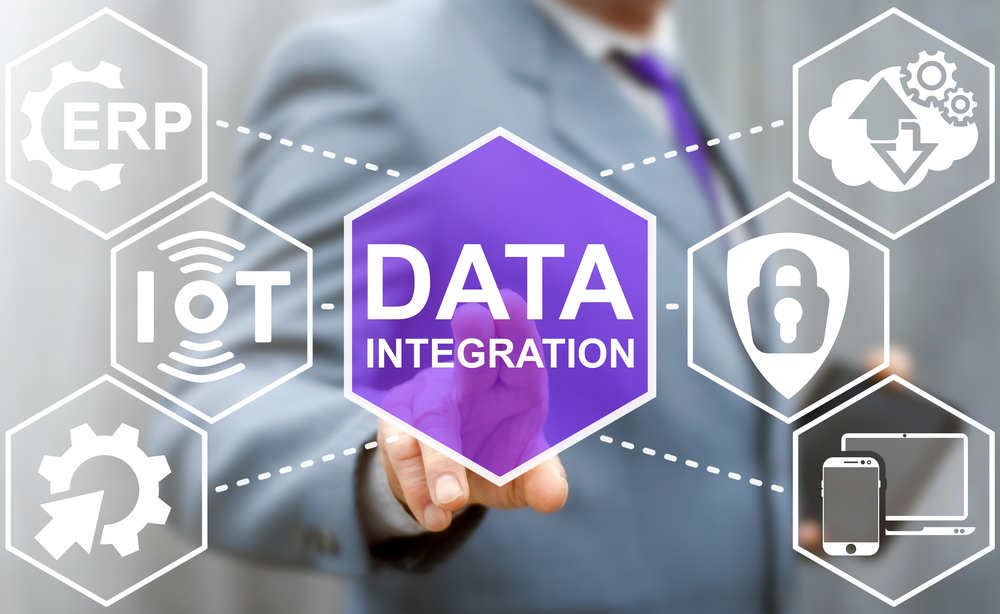Leveraging ERP Analytics for Business Insights
In today’s competitive market, data is the new gold standard for businesses seeking sustainable growth and a competitive edge. Within the vast landscape of data-driven tools, ERP analytics stands out as a beacon of informed decision-making and operational efficiency. This comprehensive guide explores how businesses can harness ERP analytics to unlock untapped opportunities, steer through challenges, and emerge as leaders in their industries.
Understanding ERP Analytics
ERP analytics refers to the process of gathering, analyzing, and interpreting data from various activities across an organization through its Enterprise Resource Planning system. This integration offers a holistic view of business performance, enabling decision-makers to identify patterns, trends, and insights that may otherwise remain obscured in isolated data silos.
The importance of data analysis in decision-making cannot be overstated. In the current business landscape, leveraging analytics allows organizations to make well-informed decisions swiftly. It transforms raw data into actionable insights, helping businesses to predict customer behavior, optimize operations, reduce costs, and foresee market trends. This strategic approach not only enhances operational efficiency but also drives innovation and growth.

Benefits of Leveraging ERP Analytics
ERP analytics equips businesses with the tools to excel in their respective industries. Among the numerous benefits of leveraging ERP analytics, some of the most significant are:
- Enhanced Decision Making: By providing real-time access to critical business data, ERP analytics empowers leaders to make more informed decisions. The comprehensive insights help in identifying opportunities for improvement and potential risks, facilitating faster and more effective decision-making processes.
- Increased Operational Efficiency: ERP analytics optimize business processes by identifying bottlenecks and inefficiencies within operations. This leads to streamlined workflows, reduced operational costs, and ultimately, a significant increase in productivity.
- Improved Customer Satisfaction: Understanding customer preferences and behaviors through ERP analytics allows businesses to tailor their products and services more effectively. This targeted approach not only meets customer expectations but often exceeds them, fostering loyalty and enhancing the overall customer experience.
- Better Financial Management: ERP analytics provide detailed insights into a company’s financial performance, enabling more accurate forecasting, budgeting, and financial planning. This precision in financial management helps businesses to allocate resources more effectively and maximize profitability.
- Competitive Advantage: With the strategic insights gained from ERP analytics, businesses can stay ahead of market trends and adapt swiftly to changing consumer demands. This agility grants a competitive advantage, positioning the company as a leader within its industry.
By leveraging the power of ERP analytics, businesses can unlock a wealth of opportunities to drive growth, improve efficiency, and secure a competitive position in the dynamic marketplace.
Implementing ERP Analytics
The implementation of ERP analytics is a strategic process that requires meticulous planning and execution to fully harness its potential. To successfully incorporate ERP analytics into business operations, organizations should follow these key steps:
- Assessment of Current Systems: Begin by evaluating your current ERP and analytics capabilities. Understand the limitations and identify areas for improvement to ensure that the new system addresses these gaps effectively.
- Define Business Objectives: Clearly outline what your business aims to achieve through ERP analytics. Whether it’s enhancing decision-making, improving operational efficiency, or gaining a competitive edge, having specific goals will guide the implementation process.
- Select the Right ERP Analytics Tool: Choose an ERP analytics tool that best fits your business needs. Consider factors such as scalability, ease of integration, user-friendliness, and the ability to deliver comprehensive insights.
- Data Integration and Migration: Integrate data from various sources into the ERP system to create a unified data repository. This may involve migrating data from old systems to the new ERP analytics platform. Ensuring data quality and consistency is critical in this step.
- Training and Support: Provide comprehensive ERP training and ongoing support to users. Ensuring that employees are proficient in using the ERP analytics tools is crucial for maximizing its benefits.
- Continuous Evaluation and Optimization: After implementation, continuously monitor and evaluate the performance of the ERP analytics system. Use feedback from users and data analysis to make necessary adjustments, optimizing the system for better results.
By carefully following these steps, businesses can implement ERP analytics effectively, unlocking the full spectrum of benefits that these systems offer.
Overcoming Challenges with ERP Analytics
While the deployment of ERP analytics brings substantial benefits to an organization, it is not without its challenges. The complexity of integrating disparate data sources, ensuring data quality, and managing change within the organization are common hurdles.
To surmount these obstacles, businesses must adopt a proactive and strategic approach. Prioritizing Data Integrity is crucial; regularly cleaning and validating data ensures the reliability of insights generated. Fostering a Culture of Analytics within the organization encourages adoption and adaptability among employees, reducing resistance to change. Leveraging External Expertise through consultants or partnerships can provide valuable guidance and mitigate risks associated with implementation and integration. Additionally, Incremental Implementation—rolling out the ERP analytics system in phases—allows for manageable adjustments and minimizes disruption to operations.
Addressing these challenges effectively not only ensures a smoother transition but also maximizes the return on investment in ERP analytics, reinforcing its pivotal role in strategic decision-making and business growth.

Best Practices for Utilizing ERP Analytics
To optimize the benefits of ERP analytics and ensure their successful integration into business operations, organizations should adhere to the following best practices:
- Set Clear Analytic Goals: Establish specific, measurable objectives for what the business aims to achieve with ERP analytics. This clarity will help tailor the analytics strategy to meet these goals effectively.
- Ensure Data Quality: High-quality data is the foundation of valuable analytics. Regularly clean, validate, and update the data within the ERP system to maintain its accuracy and reliability.
- Promote Data Literacy: Cultivate an environment where employees understand the importance and potential of data. Training and educational resources can enhance data literacy across the organization, empowering teams to make data-driven decisions.
- Leverage Real-time Analytics: Utilize the ERP system’s capability for real-time analytics to monitor operations and make immediate adjustments. This agility can significantly improve responsiveness and operational efficiency.
- Customize Analytics to User Needs: Different departments and roles within an organization will have varying requirements. Customize dashboards and reports to match these specific needs, making analytics more relevant and actionable.
- Integrate Analytics into Daily Operations: Make ERP analytics an integral part of routine business processes. This integration ensures that decision-making is consistently informed by up-to-date insights.
- Encourage Cross-functional Collaboration: Foster a collaborative environment where departments share insights and data. This cross-functional approach can uncover new opportunities for optimization and innovation.
- Iterate and Refine: Continuously evaluate the effectiveness of ERP analytics and be open to making adjustments. Analytics strategies should evolve with the changing dynamics of the business and market.
By following these best practices, businesses can maximize the value of ERP analytics, driving smarter decisions, enhanced performance, and sustained competitive advantage.
Future Trends in ERP Analytics
The landscape of ERP analytics is constantly evolving, shaped by advancements in technology and the changing needs of businesses with AI. In the near future, several key trends are expected to dominate the field:
- Artificial Intelligence and Machine Learning: AI and ML are set to play a pivotal role in ERP analytics, providing unparalleled insights through predictive analytics and automated decision-making processes. This will empower businesses to anticipate market trends, optimize operations, and personalize customer experiences with greater precision.
- Increased Cloud Adoption: Cloud-based ERP analytics solutions are becoming more prevalent, offering scalability, flexibility, and cost-effectiveness. The shift to cloud also facilitates easier integration with other cloud services and data sources, enhancing data aggregation and insight generation
- Advanced Data Visualization Tools: As the volume and complexity of data increase, so does the need for sophisticated visualization tools. These tools will enable users to interpret complex datasets more easily, transforming raw data into actionable insights through intuitive dashboards and reports.
- Greater Focus on Security and Compliance: With the growing reliance on data analytics, ensuring the security of data and compliance with regulations will become even more crucial. ERP analytics solutions will likely incorporate advanced security features and compliance management capabilities to protect sensitive information and meet global standards.
- IoT Integration: The integration of ERP systems with Internet of Things (IoT) devices will open new avenues for real-time data collection and analysis. This will enhance operational efficiency and offer deeper insights into asset management, production processes, and customer behavior.
- Collaborative Analytics: The future of ERP analytics lies in collaborative platforms that facilitate cross-functional data sharing and analysis. This will break down siloes within organizations, fostering a more integrated approach to decision-making and strategy development.
By staying ahead of these trends, organizations can leverage ERP analytics to not only streamline their operations but also gain a competitive edge in an increasingly data-driven world.

